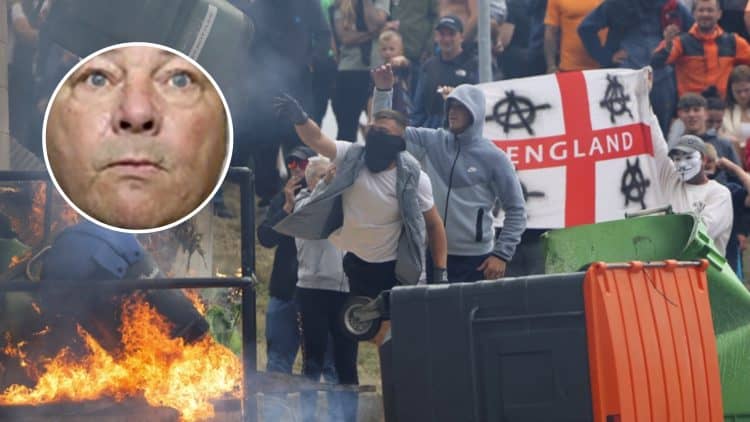In the wake of last summer’s riots, a parliamentary report has slammed claims of “two-tier policing,” calling them baseless and “disgraceful.” The report found that the police response to the disorder, which followed the tragic murder of three girls in Southport, was entirely appropriate given the level of violence and criminal activity.
🚔 The Facts of the Riots
The riots, which spread across the UK, erupted after a horrific attack in Southport on 29 July 2024. Axel Rudakubana, then 17, was later convicted for the murders of three young girls and the attempted murders of others. The violence that followed, including arson and assaults on police officers, left authorities scrambling to contain the chaos.
The report, published by Parliament’s Home Affairs Committee, refutes the idea that the police treated some riots more harshly based on political views. “This was not protest,” the MPs declared. “Those participating in disorder were not policed more strongly because of their supposed political views but because they were committing violent acts.”
🔥 Violent Scenes and Police Response
The committee also highlighted the unprecedented level of violence during the riots. Police officers were attacked, shops looted, and public property destroyed, including mosques and hotels housing asylum seekers. Despite this, MPs argue that the police acted appropriately and swiftly to restore order.
Committee chair Dame Karen Bradley stressed: “Organised disorder is rightly met with a robust response.” She pointed out that this was not like a peaceful protest but a full-scale assault on public safety.
💥 A Price to Pay
By January, more than 1,800 arrests had been made, and thousands of charges were filed. The government is being urged to provide additional funding to support police forces, who faced significant challenges in dealing with the scale of the disorder. The National Police Chiefs’ Council estimated the cost of policing the riots at over £28 million.
MPs are calling for a renewed focus on recruitment and retention of police officers, many of whom suffered trauma during the riots. “Many officers were already struggling with heavy workloads, fatigue, and stress,” the report noted.
🕵️♂️ Social Media’s Role in the Crisis
One of the report’s key findings was that social media played a pivotal role in fuelling misinformation, particularly regarding the suspect in the Southport attack. False claims spread about the assailant’s background, contributing to the escalation of violence. The MPs argued that the criminal justice system must adapt to the age of social media to combat disinformation more effectively.
🔍 Lessons Learned
While the report acknowledges that police could have better anticipated the risks, especially in relation to social media and the dark web, it also underscores the importance of proper communication. As Dame Karen Bradley put it, “The criminal justice system must ensure its approach to communication is fit for the social media age.”
🌍 What Happens Next?
The committee’s findings are clear: the police response to the riots was justified, and the allegations of “two-tier policing” are unfounded. But with the rise of misinformation, the government and police must work to ensure they are prepared for future crises and can support officers who deal with increasingly volatile situations.
The government has agreed that social media and its impact on public safety must be tackled head-on to ensure future events are better handled. “Lessons must be learned,” said a Home Office spokesperson.
In conclusion, while the events of last summer left a lasting impact, the key takeaway from this report is that police forces acted in the best interests of public safety, and the government must focus on supporting both their efforts and the wellbeing of those in uniform.
You may also like: Watch: The viral Bernie Sanders Coachella speech you don’t want to miss







